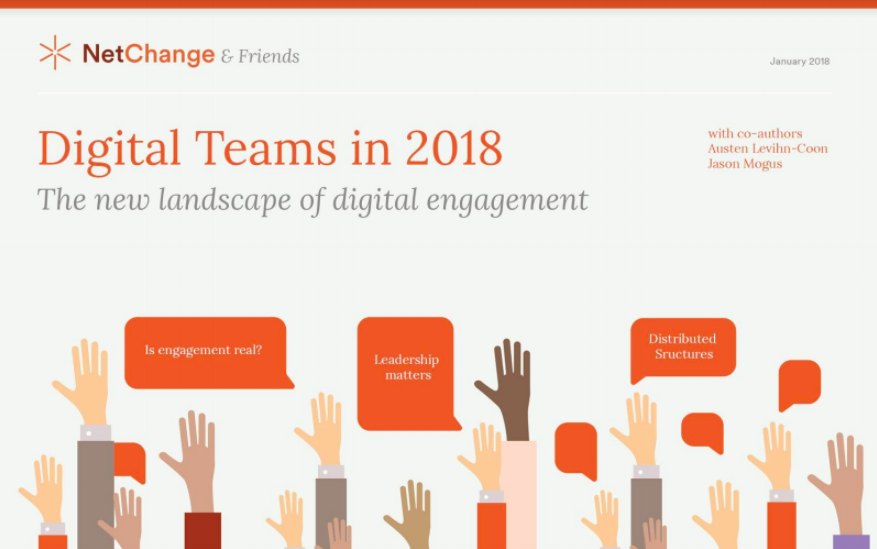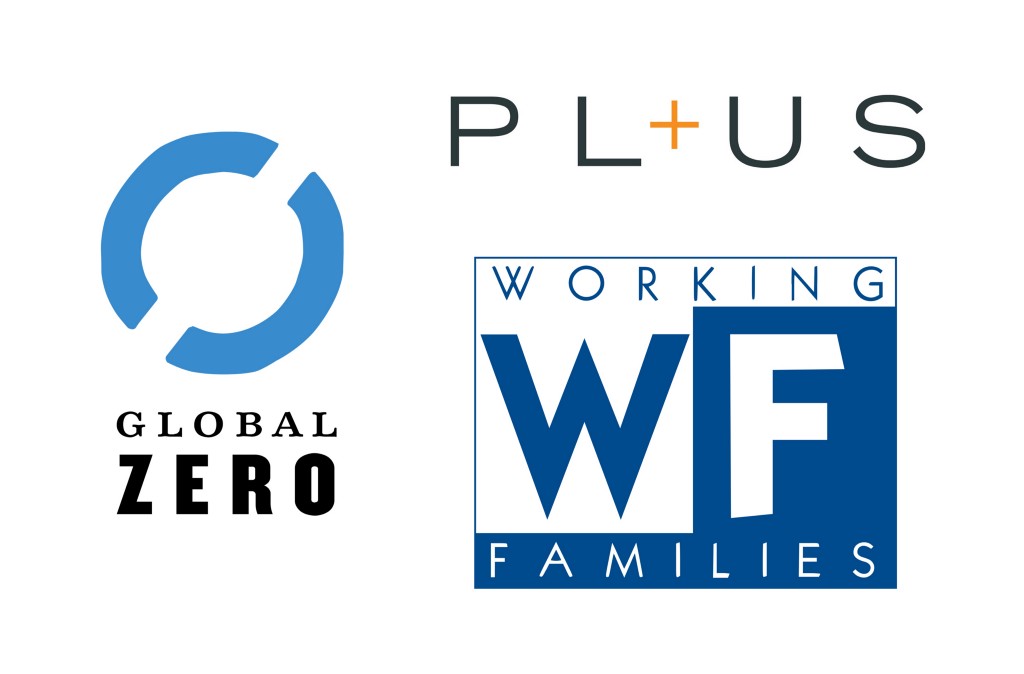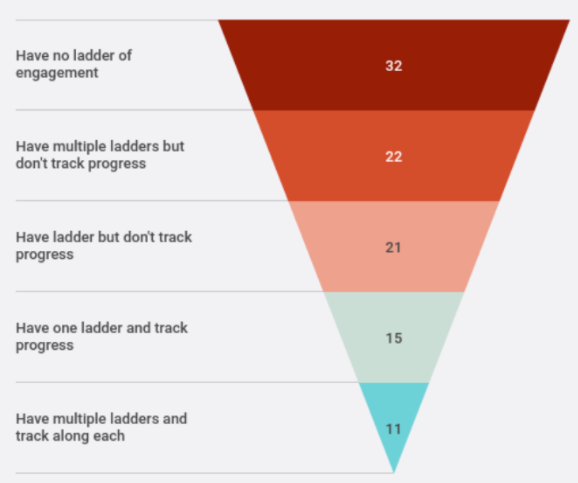

Our friends at NetChange spend a ton of time studying how nonprofits use digital tools for advocacy. They surveyed 80 advocacy-oriented nonprofits for their new report, Digital Teams in 2018, and the result is a useful status report for the progressive movement. At Action Network, we strive to make digital tools more intuitive and accessible so that every organization can incorporate digital strategies into their work, and we’ve pulled out a couple key takeaways from NetChange’s report that we think our partners will find helpful.

Before we dive in, we wanted to give a shout out to three Action Network partners who contributed to this report: Global Zero, PL+US, and Working Families Party. We love to see all the terrific work they’re doing get recognized!
Without further ado, here are our Top 4 Takeaways For Progressive Organizations from the NetChange report:
1. Distributed digital skills lead to better programs overall
NetChange found that organizations with the highest performing digital programs loop in staff members in a variety of roles — from social media and fundraising to campaigning and data management — who all understand how to enact successful digital strategies.
For fundraising, campaigning, engagement, and communications staff to share responsibility for an organization’s digital strategy, your team must use intuitive tools with a low barrier to entry and little or no training required. NetChange is crystal clear on this point: Teams that distribute leadership run considerably more effective digital programs. It’s important to have every department bought in and involved in your digital strategy.
2. Across the progressive space, digital teams — and their influence — continue to grow
Digital is being incorporated into campaign planning processes more and more, and digital teams who lead or shape decisions around innovation perform substantially better than those who are left out. 70 percent of the organizations NetChange surveyed have grown their digital teams in the past three years, and that figure holds true for small organizations (1–2 digital staff) and large organizations (3–5 digital staff) alike.

As digital grows in influence within progressive organizations, digital tech providers are expanding their features to meet that need. At Action Network, this means creating innovative new technology, like our Ladders tool, which we introduced to the digital toolset space for the first time last year.
3. Three-quarters of organizations do not track supporters’ progress up the ladder of engagement

Tracking your supporters’ engagement with your organization is crucial to understanding how well you are reaching your supporters and what you can ask of them. So why did three quarters of NetChange’s surveyed organizations report that they don’t track their supporters on a ladder of engagement? Without a system to track engagement, organizations can’t possibly foster the grassroots leadership essential to building long term power.
Digital toolsets like Action Network have long provided intuitive tools to track supporter engagement. Aside from Ladders, Action Network has targeting options, sophisticated reporting, and queries functionality to help you activate your supporters. Track the actions, opens, and clicks of your supporters so you can mobilize them appropriately.
4. Distributed organizing is being adopted fast
Women’s March, March for Science, March For Our Lives, the National School Walkouts, and People’s Climate March all grabbed headlines and moved the needle on key policy issues in the past year. They’re also prime examples of organizations successfully using distributed organizing to activate supporters and grow their base.
Less than half of NetChange respondents with under 20 staff members employ distributed organizing strategies, but the largest, most successful organizations in the progressive space have all established robust distributed organizing programs. Coincidence? I think not. Distributed organizing is essential to building power.

When we bring our campaigns to scale, we build power exponentially. When we build power, we win.

Event Campaigns on Action Network empower organizations to plan and recruit for on-the-ground events. Create a page with a map and pins representing events happening around the world, and activists can search for events near them or host their own event and put it on your map.
Our partners use Event Campaigns to bring their actions to scale, turning a Women’s March on Washington into a worldwide mobilization on all seven continents. When we bring our campaigns to scale, we build power exponentially. When we build power, we win.
NetChange’s Digital Teams in 2018 shows that it’s never been more important for progressive organizations to build dynamic, effective digital programs to mobilize and engage supporters. Here at Action Network, we’re dedicated to ensuring that your organization — from the grassroots on up — has the digital tools it needs to build progressive power. Create your free account to see for yourself: ActionNetwork.org
Building Exponential Power: NetChange’s Top 4 Digital Takeaways For Progressive Organizations was originally published in Powering Progressive Movements on Medium, where people are continuing the conversation by highlighting and responding to this story.